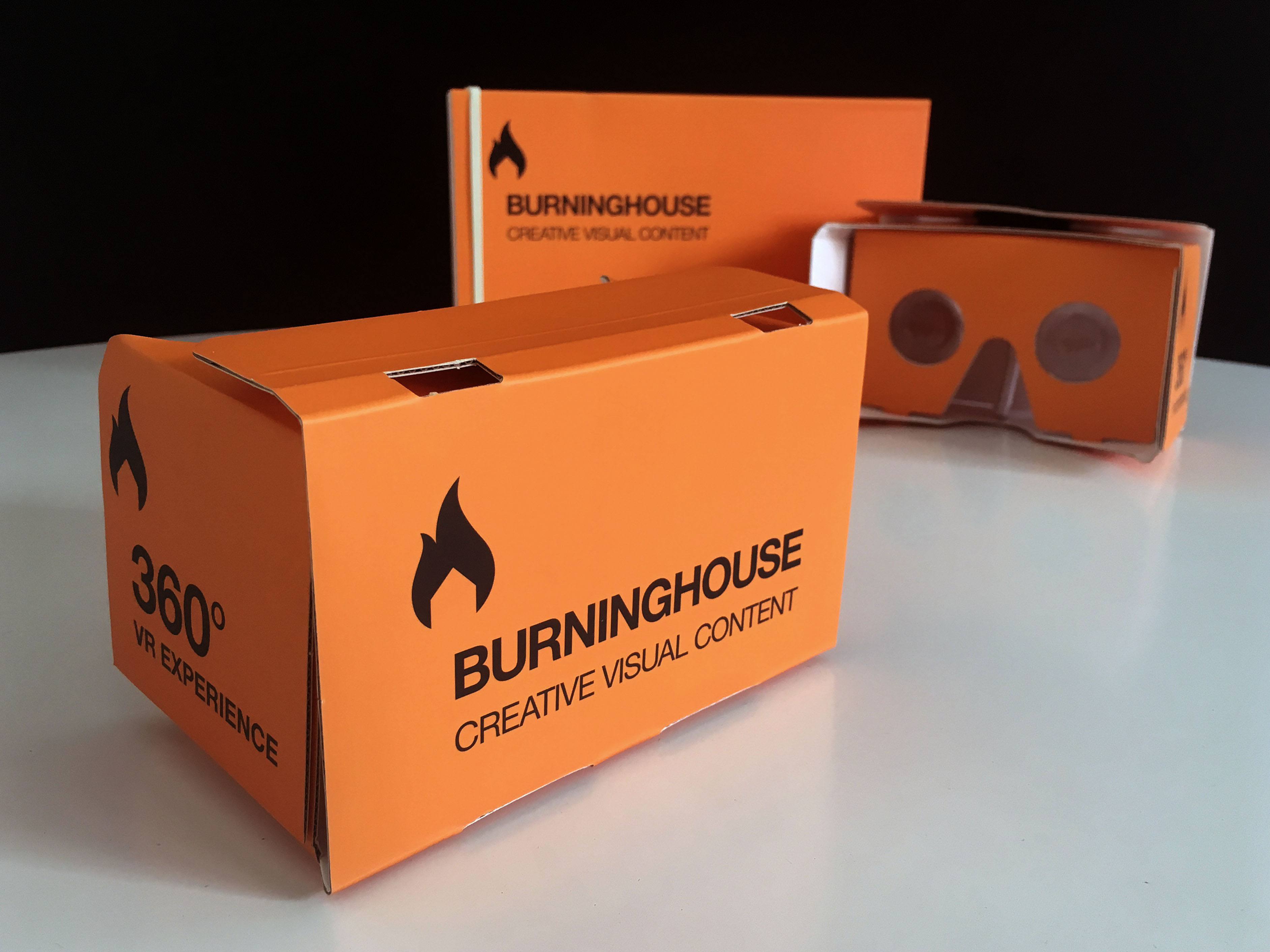
Let’s face it the world is round, so why should we be watching it through a flat cropped window?
What is 360 degree video? (And what isn’t it!)
Exactly as the name suggests 360 video incorporates front and back, left and right, above and below views enabling the watcher to pan around in a sphere.
360 video is often referred to as Virtual Reality but it’s actually different. This can feel like splitting hairs but the distinction is important, especially as you will hear more people talk about it in the coming months (perhaps it even helps you look intelligent in your next marketing meeting!)
True VR is a completely simulated environment, for example a replication of an actual place or a totally fictional world. The simulated nature means true VR requires significant computing power and users have the ability to move around the environments, interacting with them. In a 360 video you are anchored to a single point in the 360 space.
This distinction aside, both are immersive visual experiences and widely touted as the ‘next big thing’.
Best test for VR vs. 360 Video; If the headset is tethered to a computer, its probably VR. If it’s not, it definitely 360 video.
Why use 360 over traditional video?
For starters, 360 video allows viewers to be completely immersed and engrossed, going to places they’ve never been. This allows brands and businesses to create a highly engaging, often unusual, storytelling experience.
Highly engaging experiences are also more likely to be shared. In June this year, Facebook, recognising the share-ability of immersive video content, made 360 part of their mobile media experience by offering users the ability to upload 360 videos and easily share with friends for viewing through the Facebook mobile app.
Snapchat has since joined the action with the roll out if its own 360 ad offering.
YouTube has ventured as far as offering the ability to stream live 360 videos. Lying somewhere between how most people watch TV today and the immersive era of virtual reality, users simply open the YouTube app on their mobile device or launch it on the web to view. No special technology required!
Then there is the perception achieved by implementing immersive experiences. A recent study by research company Greenlight VR revealed that 71% consumers feel that VR makes a brand appear “forward-thinking and modern”, while 53% of respondents reported increased purchase intent towards brands using VR.
If you’d like further proof of the benefits 360 video can offer, check out the case study Google created with Columbia Sportswear and 360 Labs. Together they created a 60 second spot measuring conversions for the 360 version of the ad versus traditional version
But perhaps the most important killer metric for 360 video is empathy. Allowing someone to step inside your story enables them to better understand it. This is particularly important for training and demonstration purposes and will become even more so, by putting people in the middle of a learning scenario.
Who should be using 360 degree video?
360 video can offer an engaging experience for any brand, company or organisation for a wide variety of reasons.
Perhaps you’re in the property, tourism or advertising markets and have a desire to put potential customers in your world, or maybe you are in the mining, transport, manufacturing industries and need to immerse employees and contractors in a learning environment.
The possibilities are endless and we highly recommend you get in touch so we can discuss creating a 360 video experience for you.